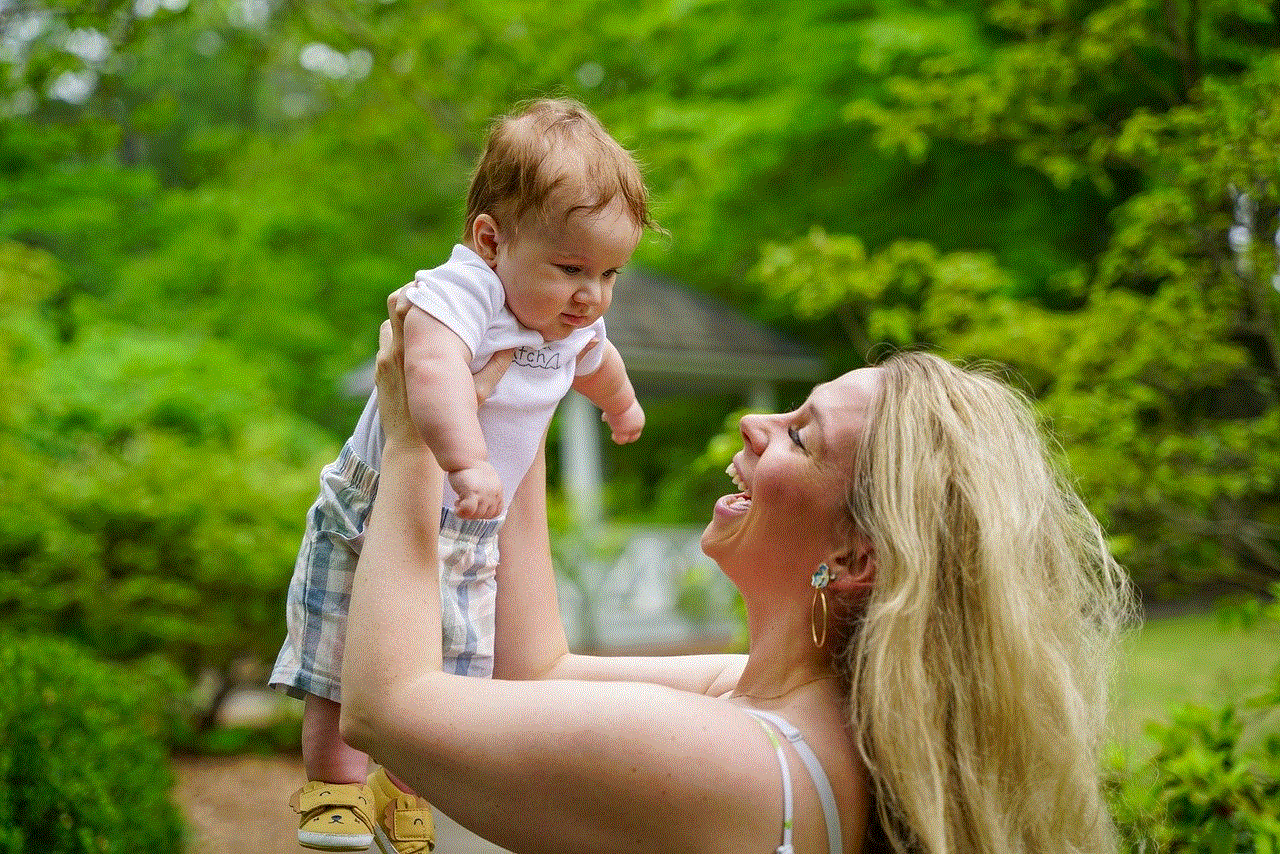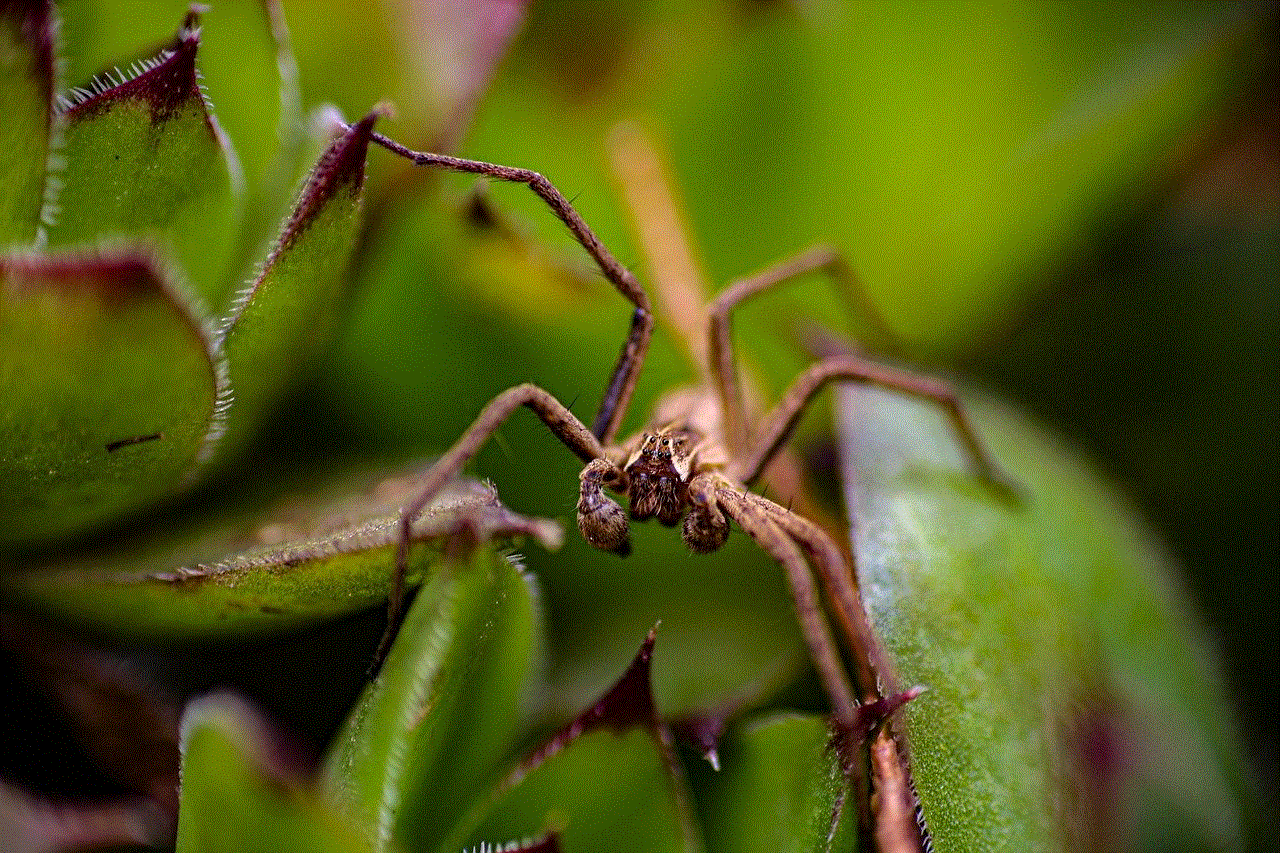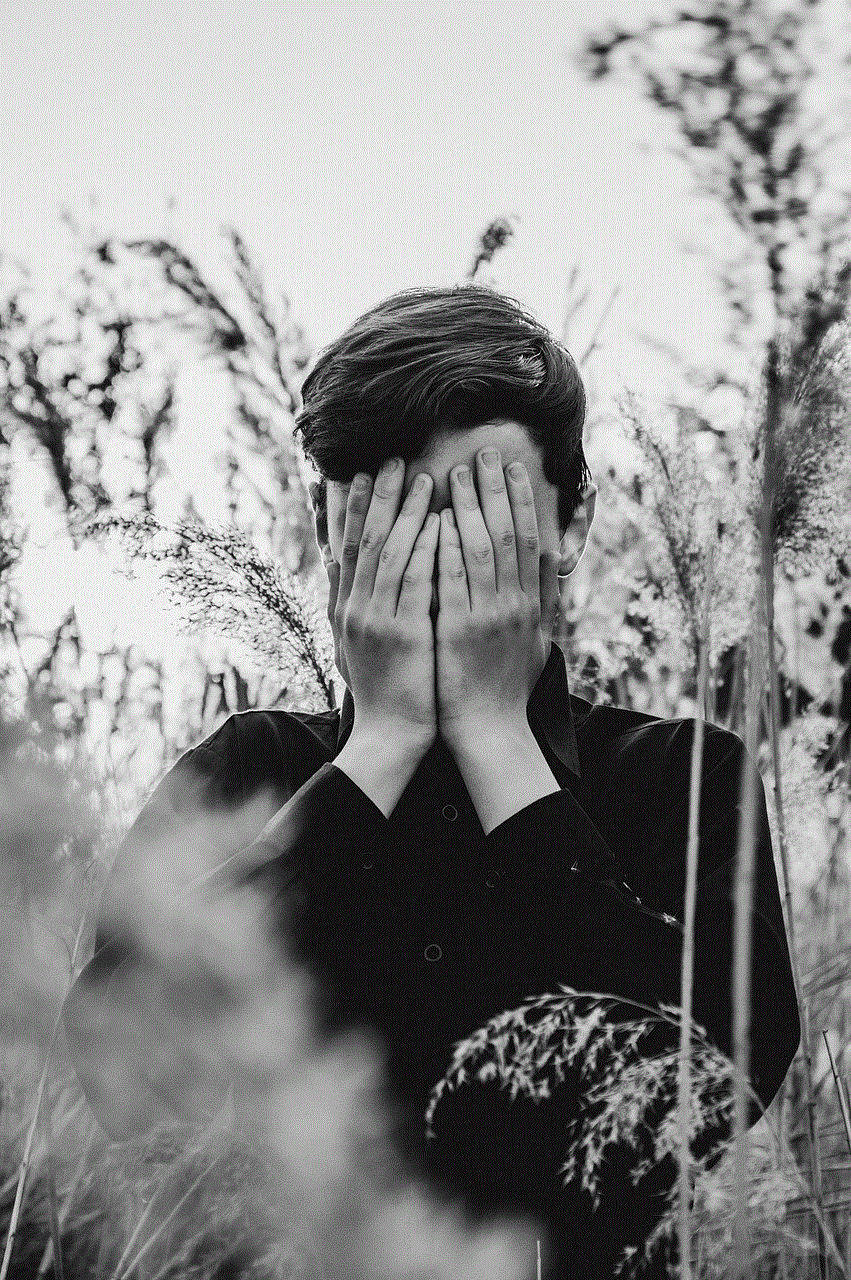the worst side of tumblr
Tumblr is a popular microblogging platform that has gained a massive following since its launch in 2007. It allows users to share and interact with a variety of content, including images, videos, text, and audio. With over 500 million blogs and 400 million active users, Tumblr has become a hub for creativity, self-expression, and community building. However, like any other social media platform, Tumblr has a dark side – a side that showcases the worst aspects of human nature.
In recent years, Tumblr has gained notoriety for its toxic and harmful communities, which have led to the platform being dubbed as “the worst side of Tumblr.” These communities, often referred to as “tumblrinas” or “tumblrites,” are known for their extreme views, aggressive behavior, and tendency to attack and harass anyone who disagrees with them. The toxicity of these communities has not only caused harm to individuals but has also tainted the reputation of Tumblr as a whole.
One of the main issues with Tumblr is the proliferation of hate speech and cyberbullying. The platform has become a breeding ground for individuals with extremist beliefs, including racism, homophobia, transphobia, and misogyny. These individuals use Tumblr as a platform to spread their toxic ideologies and target vulnerable communities. The anonymity offered by the platform makes it easier for these individuals to hide behind a screen and spread hate without any consequences.
Furthermore, Tumblr’s algorithm has been criticized for contributing to the spread of hate speech on the platform. The algorithm is known to promote content based on engagement, which means that popular posts, regardless of their content, are more likely to be recommended to users. This has resulted in hateful and harmful content being amplified, making it more accessible to a larger audience.
In addition to hate speech, Tumblr is also infamous for its “call-out culture.” Call-out culture is the practice of publicly shaming and attacking individuals for their behavior, opinions, or beliefs. While call-outs can be effective in holding people accountable for their actions, they are often used as a tool for bullying and mob mentality. Tumblr’s anonymous messaging feature makes it easier for individuals to anonymously send hate messages and threats to their targets.
The toxic and harmful communities on Tumblr have also created a culture of “canceling.” Canceling is the act of boycotting or withdrawing support for someone or something, usually due to their problematic behavior or beliefs. While canceling can be a powerful tool for bringing attention to important issues, it has been misused on Tumblr as a means of silencing and ostracizing individuals who might have made a mistake or hold different opinions.
Moreover, Tumblr’s “reblog” feature has also been a cause for concern. Reblogging is the act of sharing someone else’s post on your own blog, and it is a significant aspect of Tumblr’s social interaction. However, this feature has been misused by some individuals who use it to spread false information and propaganda. This has led to the proliferation of fake news and misinformation on the platform, contributing to the polarization of opinions and beliefs.
Another issue with Tumblr is its lack of moderation. While the platform has community guidelines and a reporting system in place, they are often ineffective in dealing with toxic and harmful content. The anonymous nature of the platform makes it challenging to hold individuals accountable for their actions. Many users have reported that their reports of hate speech and cyberbullying have gone unaddressed, leading to a feeling of helplessness and frustration among the community.
The lack of moderation has also resulted in the spread of harmful content, such as self-harm and pro-eating disorder blogs. While Tumblr has taken some steps to address this issue, such as implementing a “sensitive content” filter, these measures have been deemed inadequate by many users. The platform is still easily accessible to vulnerable individuals, and the lack of proper moderation puts them at risk of exposure to harmful content.
Furthermore, Tumblr has also been criticized for its inconsistent enforcement of its community guidelines. Many users have reported having their posts or accounts deleted without any warning or explanation, while others have been able to get away with violating the guidelines repeatedly. This lack of transparency and consistency has eroded the trust and confidence of many users in the platform’s moderation system.
In addition to the toxic and harmful communities, Tumblr has also been plagued by a plethora of other issues, including a lack of diversity and representation, the objectification of individuals, and the glorification of mental illness and trauma. These issues have contributed to creating a toxic and unhealthy environment for many users, especially those from marginalized communities.
In conclusion, while Tumblr has its positives, it also has a dark side that cannot be ignored. The toxic and harmful communities on the platform have created a culture of hate, bullying, and misinformation, which has had a detrimental impact on the mental health and well-being of its users. Tumblr must take concrete steps to address these issues and create a safer and more inclusive environment for its users. Otherwise, it risks losing its credibility and becoming known solely as “the worst side of Tumblr.”
share location not working on iphone
Title: Troubleshooting Guide: Fixing Location Sharing Issues on iPhone
Introduction:
Location sharing has become an integral part of our daily lives, enabling us to navigate, connect with friends, and discover nearby places. However, there are times when the “Share Location” feature on an iPhone may stop working, leaving users frustrated and unable to utilize this valuable tool. In this article, we will explore the common reasons why location sharing may not work on an iPhone and provide step-by-step solutions to resolve the issue.
1. Ensure Location Services are Enabled:
The first step in troubleshooting the location sharing problem is to check if Location Services are enabled on your iPhone. To do this, navigate to “Settings” and tap on “Privacy.” Then, select “Location Services” and ensure that the toggle switch is turned on. If it is already enabled, move on to the next step.
2. Check App permissions :
Sometimes, location sharing may not work due to restricted app permissions. Go to “Settings” and select “Privacy” again. From there, tap on “Location Services” and scroll down to see the list of apps with location access. Make sure the apps you want to use for sharing location have “Always” or “While Using the App” selected.
3. Restart Your iPhone:
A simple restart can often resolve minor software glitches. Press and hold the power button until the “Slide to power off” slider appears. Swipe the slider to turn off your iPhone, then wait for a few seconds and turn it back on by pressing the power button again. After the restart, try sharing your location to see if the issue is resolved.
4. Update iOS to the Latest Version:
Outdated software can cause compatibility issues, including problems with location sharing. Check for any pending software updates by going to “Settings,” selecting “General,” and tapping on “Software Update.” If an update is available, tap “Download and Install” to update your iPhone’s software to the latest version.
5. Reset Location & Privacy Settings:
If the above steps fail to resolve the issue, you can try resetting your iPhone’s Location & Privacy settings. This will not erase your data but will reset the location-related settings to their default values. To do this, go to “Settings,” select “General,” and tap on “Reset.” Then, choose “Reset Location & Privacy” and confirm your selection. Afterward, try sharing your location again and check if the problem persists.
6. Check for Signal Strength:
Weak or unstable cellular or Wi-Fi signals can affect your iPhone’s ability to accurately determine and share your location. Ensure that you are in an area with a strong network signal or a stable Wi-Fi connection. If the issue persists, try switching between cellular data and Wi-Fi to see if that resolves the problem.



7. Disable and Re-enable Location Services:
Another potential solution is to disable and then re-enable Location Services on your iPhone. Navigate to “Settings,” select “Privacy,” and tap on “Location Services.” Toggle off the switch, wait for a few seconds, and then toggle it back on. This action can refresh the settings and resolve any underlying issues related to location sharing.
8. Reset Network Settings:
Incorrect network settings can also prevent location sharing from working correctly. To reset your iPhone’s network settings, go to “Settings,” select “General,” and tap on “Reset.” Then, choose “Reset Network Settings” and confirm your selection. Keep in mind that this will erase saved Wi-Fi passwords, so make sure you have them handy to reconnect to your wireless networks.
9. Update the App:
In some cases, the location sharing issue may be specific to a particular app. Check if the app you are using for location sharing has an available update. Open the App Store, tap on your profile picture, and scroll down to see if any updates are pending. If an update is available, tap “Update” next to the app to ensure you have the latest version installed.
10. Contact Apple Support:
If none of the above solutions work, it is recommended to contact Apple Support for further assistance. They will be able to guide you through more advanced troubleshooting steps or provide insights into any potential hardware-related issues that may be causing the problem.
Conclusion:
Location sharing is a convenient feature that enhances our daily lives, but it can be frustrating when it doesn’t work as expected on an iPhone. By following the troubleshooting steps outlined in this article, you should be able to resolve most issues related to location sharing on your device. Remember to always keep your iPhone’s software up to date and maintain a stable network connection to ensure optimal performance.
the world’s a little blurry parents guide
Title: The World’s a Little Blurry: A Parent’s Guide to Billie Eilish’s Documentary
Introduction:
“The World’s a Little Blurry” is a documentary film that provides an intimate look into the life and career of American singer-songwriter Billie Eilish. Directed by R.J. Cutler, the film follows Billie and her family as she rises to fame, navigates the challenges of being a teenager, and copes with the pressures of the music industry. This article aims to provide parents with a comprehensive guide to the documentary, exploring its themes, content, and potential impact on young viewers.
1. Overview of the Documentary:
“The World’s a Little Blurry” offers an unfiltered glimpse into Billie Eilish’s life from the age of 16 to 18, capturing her journey towards stardom. The documentary delves into her creative process, the making of her debut album “When We All Fall Asleep, Where Do We Go?,” and her experiences on tour. It also highlights her close relationship with her family, especially her supportive parents, Maggie Baird and Patrick O’Connell.



2. Themes Explored:
The film explores several important themes, including mental health, the pressures of fame, and the challenges of adolescence. It also touches on familial relationships, the impact of social media, and the sacrifices made to pursue a career in the music industry. The documentary provides an opportunity for parents to initiate conversations about these themes with their children.
3. Age Appropriateness:
“The World’s a Little Blurry” is rated R, meaning viewers under 17 require parental guidance. The film contains strong language and some scenes portraying drug use. Parents should exercise caution and consider their child’s maturity level before allowing them to watch the documentary.
4. Navigating Mental Health:
Billie Eilish has been open about her struggles with mental health, and the documentary offers a candid portrayal of her journey. Parents should be prepared for discussions about anxiety, depression, and self-harm, as these topics are addressed in the film. It can serve as an opportunity to raise awareness and promote empathy for mental health challenges.
5. Substance Use:
While the documentary does not glamorize substance use, it does showcase Billie Eilish’s experimentation with drugs and alcohol. Parents should be prepared for scenes depicting marijuana smoking, which may prompt conversations about substance abuse and its consequences.
6. Positive Family Dynamics:
One of the highlights of the documentary is the close-knit relationship between Billie Eilish and her family. Parents can appreciate the supportive and nurturing environment created by her parents, as well as the importance of open communication and boundaries within a family.
7. Impact of Social Media:
“The World’s a Little Blurry” provides an inside look at the impact of social media on Billie Eilish’s life. Parents can use this opportunity to discuss healthy social media habits, online bullying, and the importance of maintaining a balance between online and offline experiences.
8. The Dark Side of Fame:
As Billie Eilish’s career takes off, the documentary sheds light on the darker aspects of fame. Parents can explore the pressures faced by young celebrities, the invasion of privacy, and the challenges of maintaining a sense of self amidst public scrutiny.
9. Inspiring Creativity:
The documentary showcases Billie Eilish’s talent, creativity, and dedication to her craft. Parents can encourage their children to pursue their passions, emphasizing the importance of hard work, resilience, and authenticity in achieving their goals.
10. Parental Guidance and Communication:
Watching “The World’s a Little Blurry” alongside your child can provide an opportunity for meaningful conversations. Parents are encouraged to watch the film first, familiarize themselves with its content, and then engage in open and non-judgmental discussions with their child, addressing any questions or concerns that may arise.



Conclusion:
“The World’s a Little Blurry” offers an insightful and thought-provoking look into the life of Billie Eilish. As parents, it is essential to approach this documentary with an open mind, using it as a tool to foster understanding, empathy, and meaningful conversations with our children. By navigating the themes and content of the film, parents can help their children develop a nuanced perspective on the challenges and rewards of pursuing one’s dreams in the modern world.